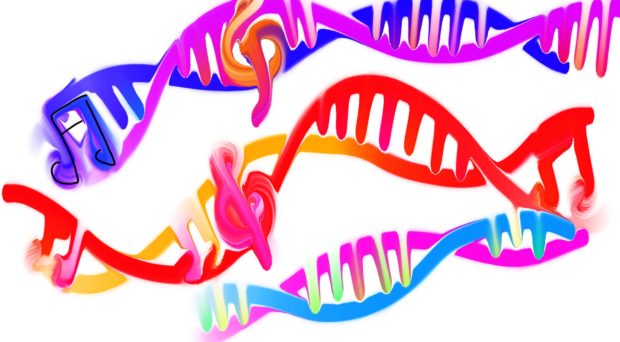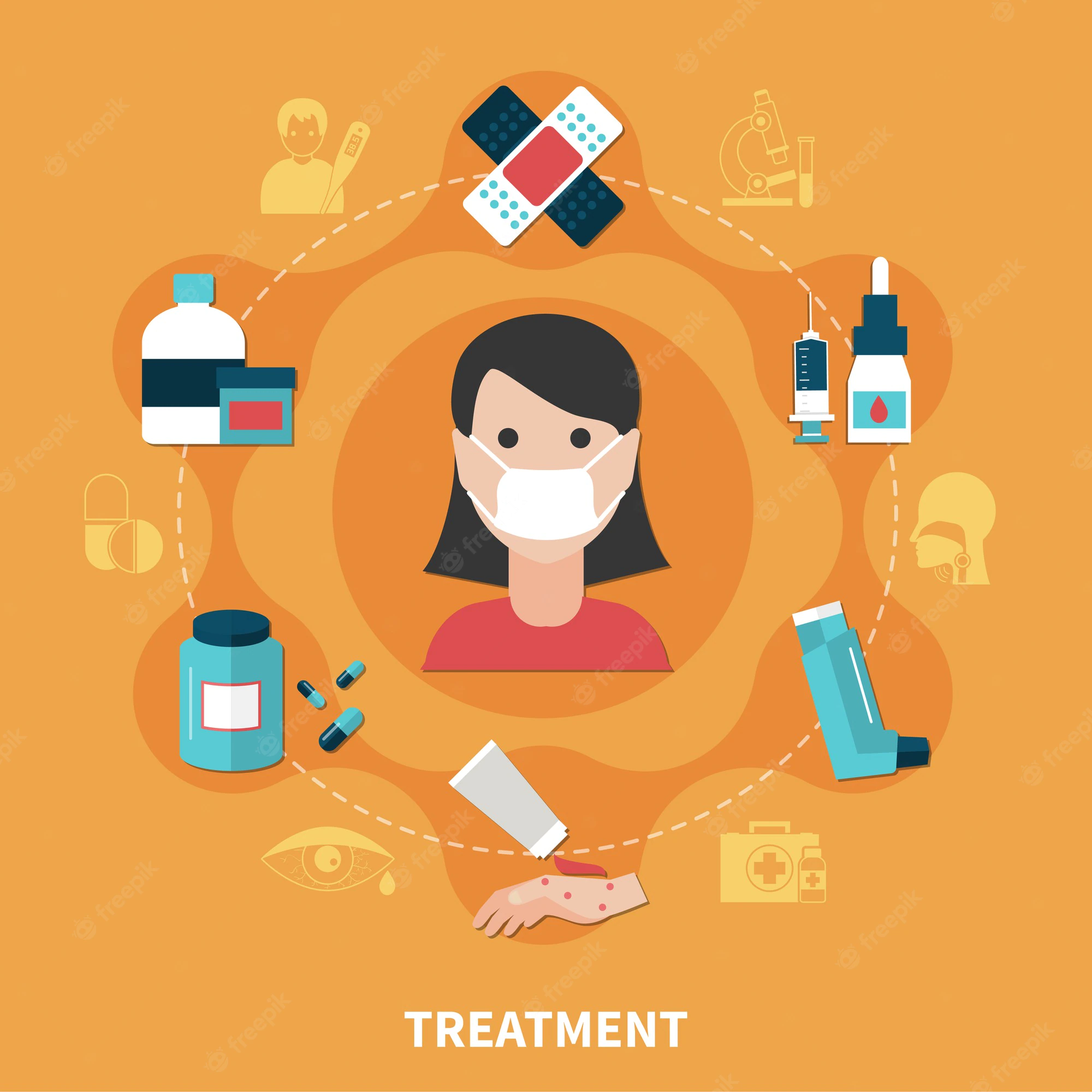
A DNA-based sunscreen that not only stops harmful ultraviolet (UV) light, but also becomes more protective the longer you expose it to UV rays? That’s the dazzling premise behind a recent study published in the journal Science Reports.
While sunscreen isn’t the only form of sun protection (there’s always protective clothing and floppy hats), the reality is that most of us just skip it. A 2015 study in Journal of the American Academy of Dermatology found that only 14.3 percent of men and 29.9 percent of women routinely use sunscreen when they are in outside for more than an hour. This wouldn’t be a problem, except, “Ultraviolet light is a carcinogen,” Guy German a biomedical researcher at Binghamton University in New York and an author on the study, tells PopSci. “We know it can give you a tan, but it can also cause cancer as well.”
While dermatoepidemiologists (scientists who study diseases of the skin) suspect that sunlight causes cancer because it damages DNA in our cells, German and his colleagues were looking at DNA in an entirely different way. They wondered what would happen if they exposed DNA film, essentially a thin sheet of the stuff, to the same kind of ultraviolet light we get from walking in sunshine.
If you’ve ever taken glue and spread it on a surface and then let it dry to create a sheet or film, then you understand the basics of the material the researchers made: They took a liquid solution of DNA, smeared it on a piece of glass, and let it dry to create the film. The DNA, in case you were wondering, comes from salmon sperm. “It was not that we chose salmon sperm, “ says German. “It’s just one of the readily available DNA sources.”
German, along with the lead author on the study, Alexandria Gasperini, then exposed the film to UVA and UVB light to see how much, if any, radiation the films would allow to pass. UVA light makes up around 95-percent of the sun’s radiative light; it can penetrate deep into the skin, has long-been thought to be a culprit in premature aging, and is increasingly believed to play a key role in the formation of skin cancer. UVB, the radiation that makes us tan (and burn), also plays a role in skin cancer.
“This was a fundamental study to see how UV light interacts with DNA films,” says German, “Also, you know subsequently how the UV light can actually alter DNA films.”
To measure these effects, the team used a device called a spectrophotometer, which allows them to control the amount and wavelength of light that they put through the films. A receptor on the other side measured how much of the light passed made it through. The DNA film did not allow up to 90 percent of UVB light and 20-percent of UVA light to cross through. Perhaps even more amazing: The DNA film seemed to grow stronger—that is, it seemed to allow less light to pass through the longer it was exposed to UV light. German and his team, however, aren’t sure if the films achieve this by absorbing light or reflecting it.










